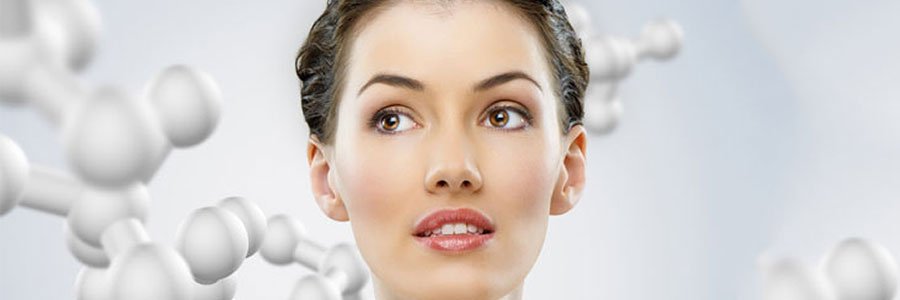
Fibrocell Treatment
Fibrocell therapy is a method of rejuvenating the skin by using collagen and elastin proteins that your body naturally produces. This treatment involves processing the patient's own fibroblast cells under laboratory conditions and then reinjecting them to smooth skin wrinkles, acne scars and other skin lesions. Fibroblasts are cells under the skin and help keep the skin elastic, tight and healthy. As we age, fibroblasts decrease and the skin becomes thinner, wrinkled and loose. Fibrocell therapy reverses this process by using the patient's own fibroblast cells.
Fibrocell treatment is generally used for the removal of fine wrinkles and skin lesions on the face, neck, décolleté, hands and other body areas. Treatment may vary depending on the patient's skin type, age, skin conditions, and other factors. The fibrocell treatment process begins with the reproduction of fibroblast cells in the laboratory environment to increase the patient's collagen and elastin proteins. The cells are then subjected to a special process and re-injected into the areas where the skin needs them. This procedure is usually performed under local anesthesia and takes an average of 30-45 minutes.
After fibrocell treatment, patients may experience mild swelling and redness. However, these side effects usually disappear in a short time and patients can return to their normal activities. The healing process of the skin after the procedure may vary depending on the skin type of the patient and the area where the application is made. Fibrocell treatment has given effective results in many patients to restore the natural appearance and elasticity of the skin. But as with any aesthetic procedure, this treatment carries certain risks and side effects. Therefore, it is important to discuss the potential risks and benefits in detail with your doctor.
Fibrocell treatment is an aesthetic treatment method performed by injecting fibroblast cells taken from skin cells and reproduced in a laboratory environment. Fibroblast cells are responsible for the production of structures such as collagen and elastin, which are located under the skin and provide the skin's elastic structure. Reproducing fibroblast cells in a laboratory environment increases the amount of collagen and elastin in the skin, making the skin look tighter and younger. Fibroblast therapy is used especially in thin and sensitive areas such as the face, neck, décolleté and back of the hands.
Fibrocell treatment, unlike other aesthetic treatments, does not carry any risk of allergic reactions in the body due to the use of the patient's own cells. In addition, the effect of the application is permanent, but its complete disappearance is due to the natural aging process that occurs over time. Since Fibrocell treatment is not a surgical procedure, it does not require anesthesia and minimal pain is felt during the procedure. After the treatment, slight redness, swelling and tenderness may occur on the skin, but this usually goes away within a few days. Fibrocell treatment can be a suitable option for those who want to achieve an aesthetic appearance by making the skin look tighter and younger. However, the effectiveness of the treatment may differ from person to person and as with any aesthetic treatment,



